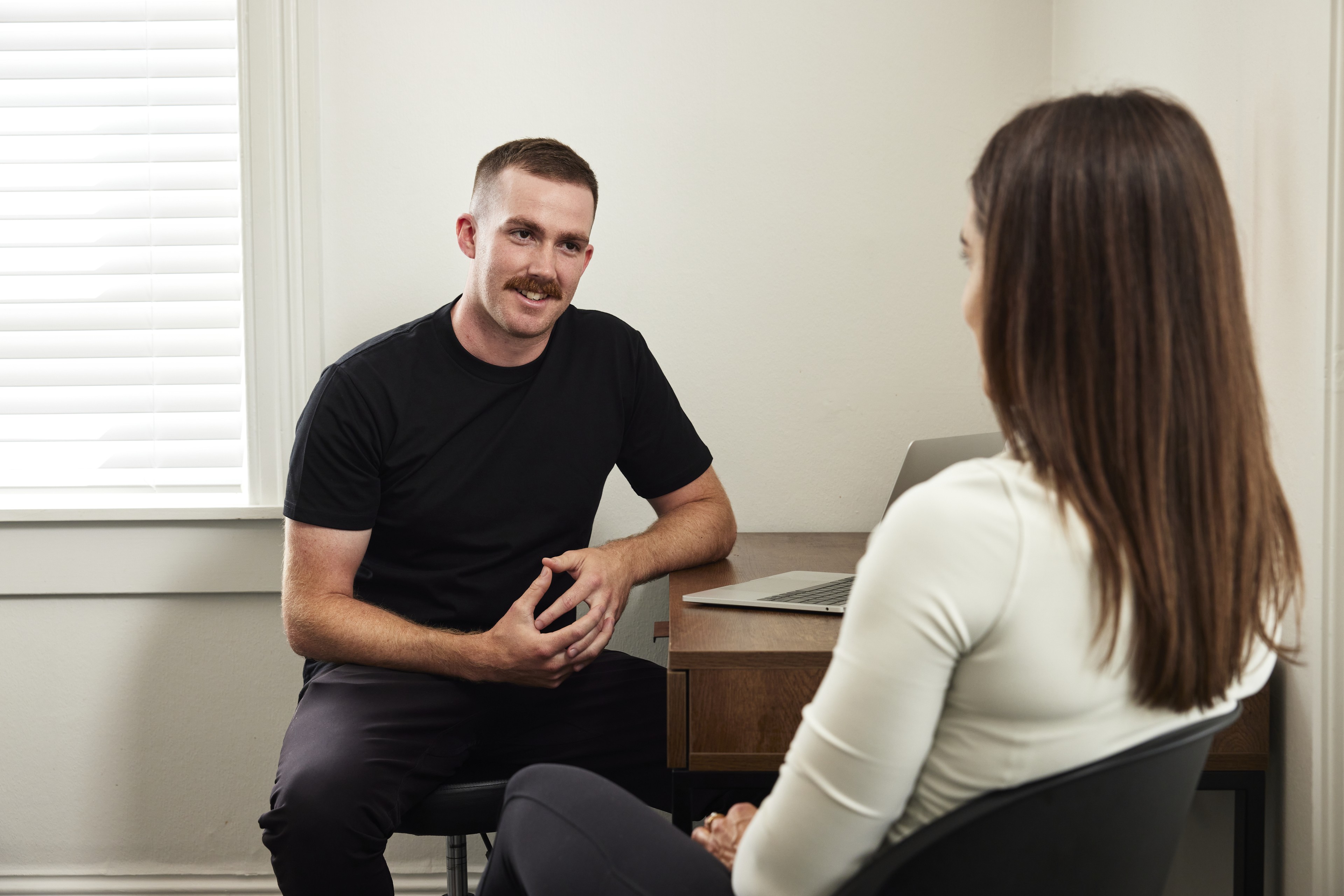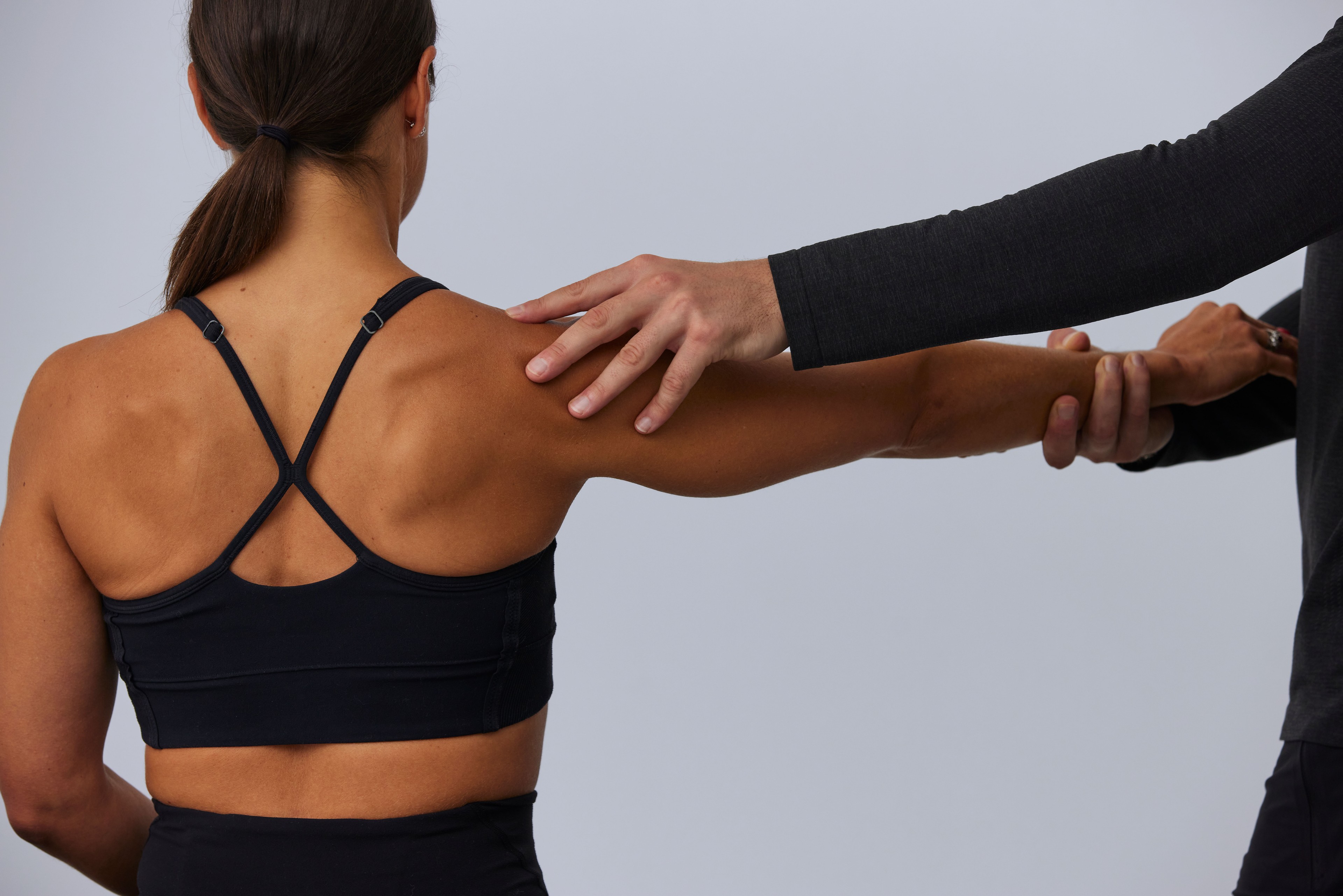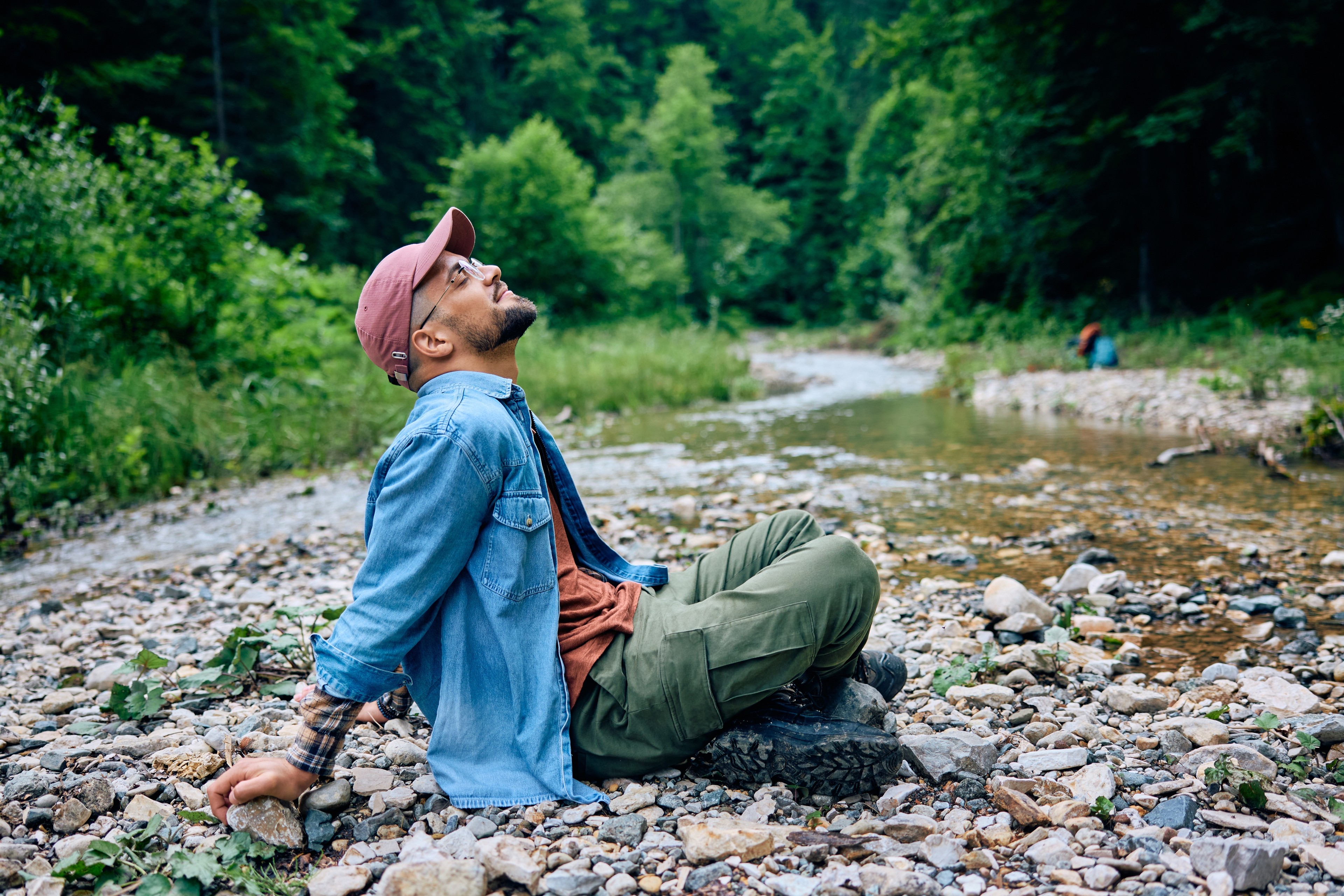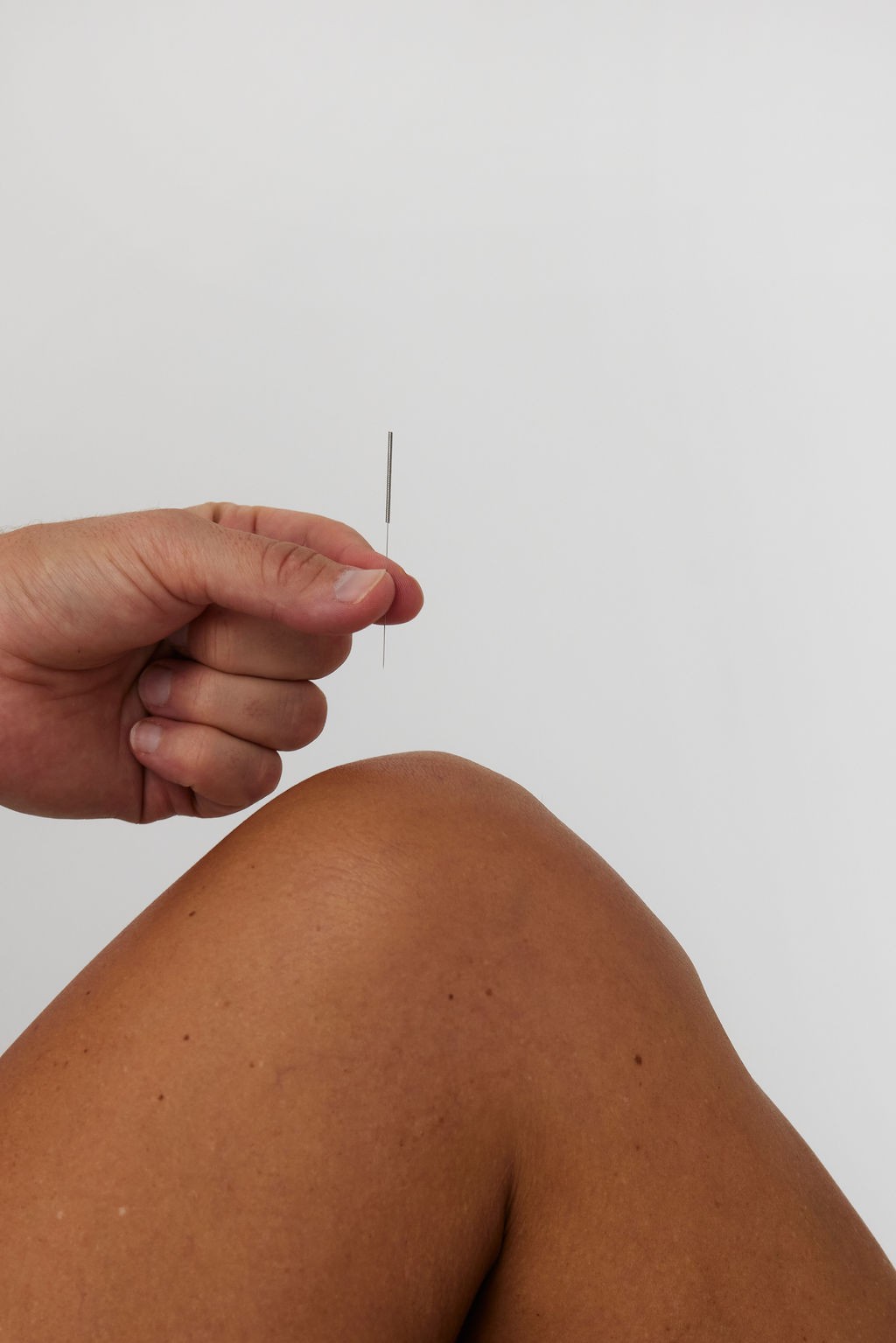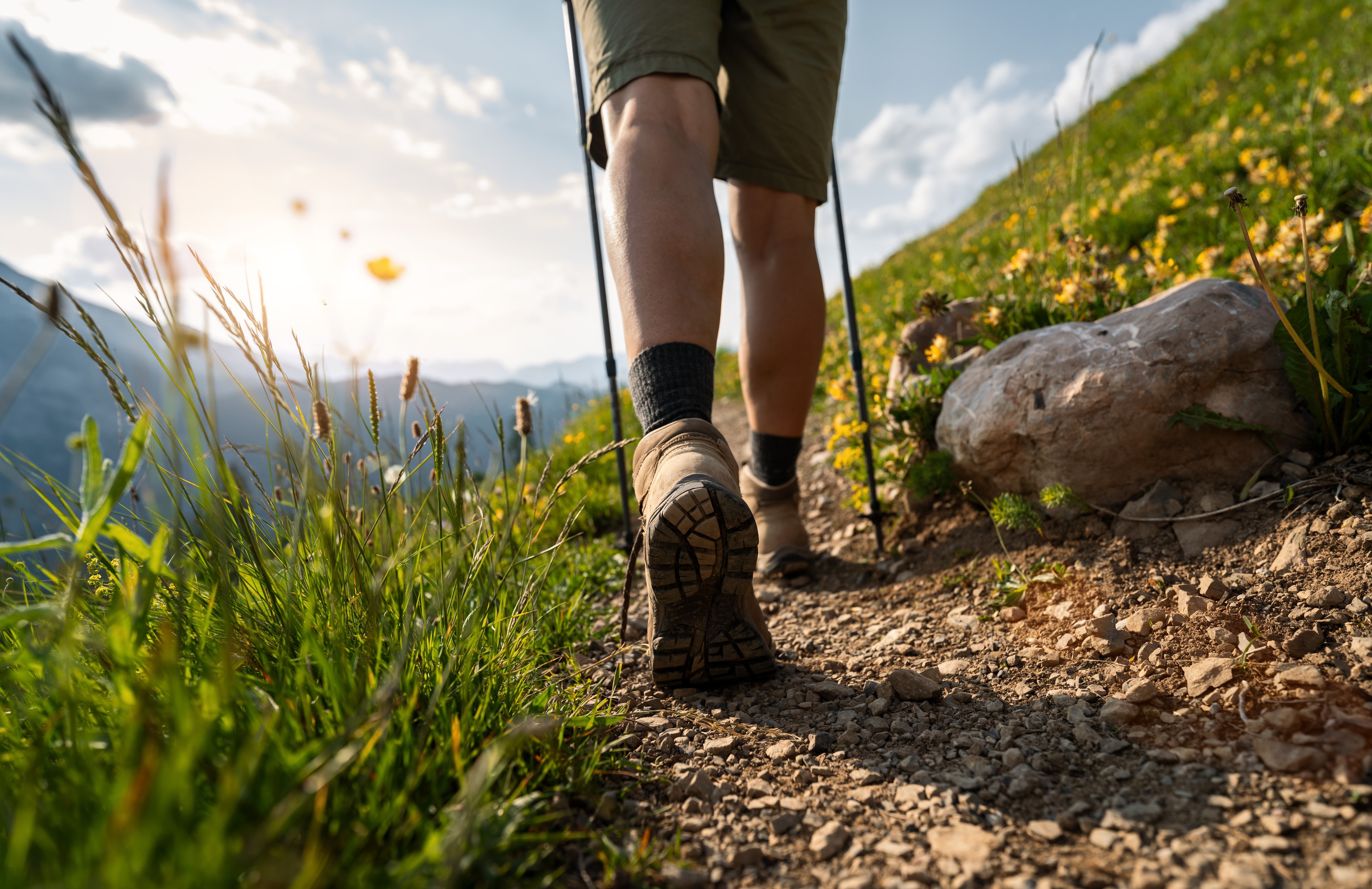Staying safe on the slopes this ski season
While skiing and snowboarding come naturally to some, others spend their time sprawled uncomfortably on the cold snow.
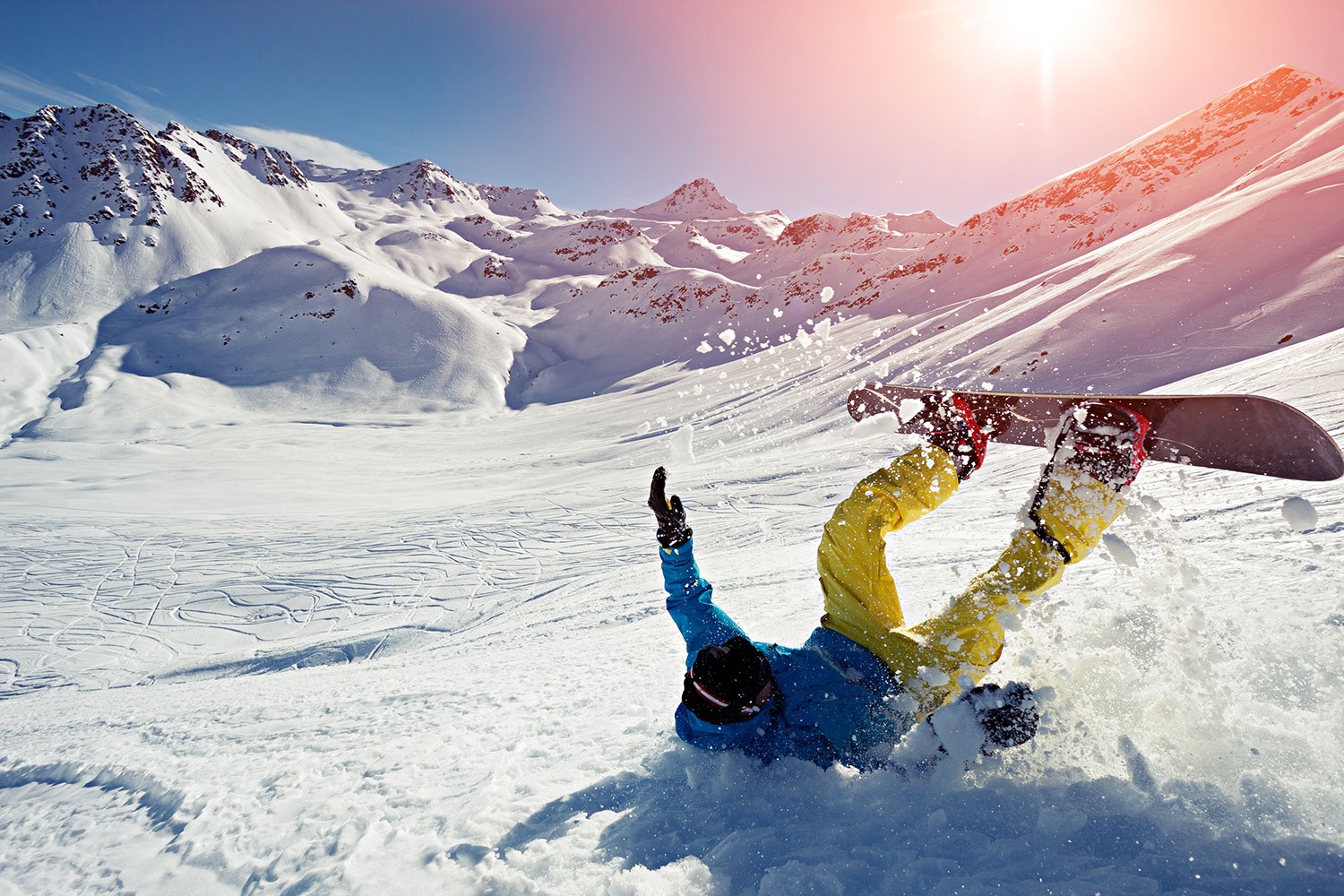
While skiing and snowboarding come naturally to some, others spend their time sprawled uncomfortably on the cold snow. Even if you’re an experienced snow lover, it can be hazardous and induce injury. According to ACC, around13,000 people are injured during skiing or snowboarding on the slopes each year.
At The Urban Physio we can help in two ways by:
- Preparing you for the slopes by minimising your risk of injury through specific exercise programmes, fitness regimes, strengthening, warm up routines, stretching and cool down techniques.
- Fixing you up when you fall by thoroughly assessing your injury and providing an extensive treatment plan. You’ll be back hitting the slopes in no time!
Most ski injuries occur at the end of the day when you’re tired and fatigued. Usually it’s only your pride that’s hurt, but sprains, fractures, breaks, dislocations and head injuries can occur.
Of course the best cure is prevention, so here are a few tips to help you avoid injury in the first place:
- Start building up your fitness in advance - don’t expect to be a couch potato over summer and then be able to rip it up down the slopes. Optimise your weight as this will help save your knees. Getting ski-strong legs is crucial – you can do this by walking up hills, running, cycling or doing bodyweight exercises like squat jumps or burpees.
- Ensure that your equipment is modern and well fitting. Helmets are a no brainer, while wrist guards have been proven to reduce the risk of wrist fracture during a fall.
- Don’t forget sun cream and goggles as it is easy to burn when on the snow.
- You may be an experienced skier, but you’re never too good to benefit from a refresher lesson. This will allow you to explore more runs and help you to use the correct muscle groups to avoid horribly sore muscles at the end of the day.
- Before you hit the snow, warm up like you would with any other sporting activity. Stretch your calves, thighs and arm muscles. Start your day with easy runs to loosen up. Once you have finished skiing for the day, always remember to cool down.
- Hydration on the slopes is crucial, as is maintaining energy levels by eating well and frequently during the day.
Get clued up!
The New Zealand Snow Sports Council has endorsed a ‘Snow Responsibility Code’, so it’s important to familiarise yourself with this. Sections include:
- Knowing your limits by adhering to your ability and controlling your speed
- Stopping where you can be seen, giving others room and looking ahead
- Protecting yourself by obeying signs and closures, and resting if you’re tired.
If you’ve taken a tumble on the slopes and it’s more than just your pride that’s been injured, click below to make an appointment or call 09 216 7799 to discuss how The Urban Physio can support your wellness for an urban lifestyle.
